Exercise is an important part of nearly everyone’s everyday health. This is true for older adults, too. Seniors should aim to be as active as possible. If you are an older adult, you can reap the many benefits of exercise to live a longer, healthier life.
When people think about their later years, they usually imagine a life freed from work or career commitments. They hope, too, that this new freedom will allow them to give their full attention to family, friends, and the activities they feel most passionate about. Making this dream a reality, however, requires health and independence, which in turn require a renewed commitment to staying healthy in general and to maintaining that health through exercise. The good news, though, is that exercise confers all the same benefits to seniors that it does to those earlier in life, including increased longevity, improved mental clarity, a boost in energy, and greater strength to meet the physical demands of daily living. This is true even if you don’t start exercising until your later years. And while older people tend to become more sedentary as retirement and the challenges of old age restrict their activities, that doesn’t mean that you can’t make a reasonable course of exercise a part of your life or the life of a loved one. With that in mind, here is everything you need to know about keeping an active lifestyle well into your senior years.
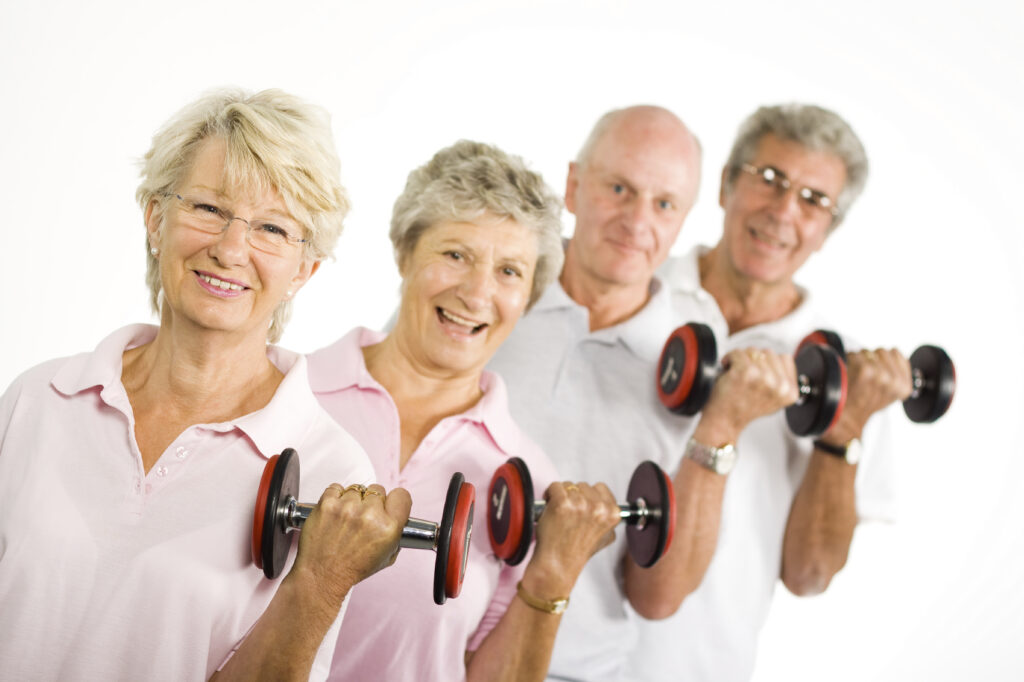
It has been suggested that people over the age of 65, more than any other age group, require adequate fitness levels to help them maintain independence, recover from illness and reduce their high risk of disease. Various studies show that it is never too late to get fit. The human body responds to exercise, no matter what its age, and there are many health benefits. If you are over 40 years, obese, suffer from a chronic illness or have been sedentary for some time, it is a good idea to check with your doctor before embarking on any new exercise routine.
The physical decline of older age. About half of the physical decline associated with ageing may be due to a lack of physical activity. Without regular exercise, people over the age of 50 years can experience a range of health problems including:
- Reduced muscle mass, strength and physical endurance
- Reduced coordination and balance
- Reduced joint flexibility and mobility
- Reduced cardiovascular and respiratory function
- Reduced bone strength
- Increased body fat levels
- Increased blood pressure
- Increased susceptibility to mood disorders, such as anxiety and depression
- Increased risk of various diseases including cardiovascular disease and stroke
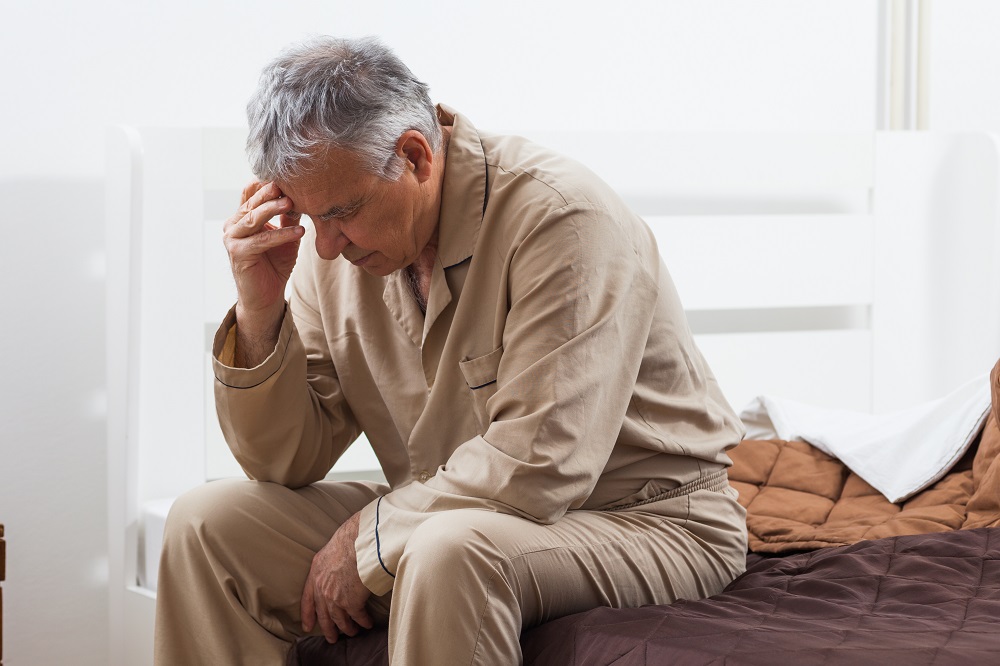
The benefits of exercise for the elder adult
As you think about bringing exercise into your life, you can start by understanding the benefits exercise can provide. Women and men both receive great benefits from exercise and regular physical activity. Stamina and strength naturally decrease in most people as a function of age. About 33% of men and 50% of women aged 75 or older, for example, engage in no physical activity at all. What’s more, the World Health Organization has identified physical inactivity as the number four cause of death in the world. And while leisure time for most seniors is increasing, there are more options to spend this leisure time in less active ways. For this reason, achieving the benefits of exercise doesn’t require marathon-level training. A senior’s physical activity doesn’t have to be strenuous in order to bring great results – as long as it is done on a daily basis, in fact, it can be fairly moderate. What’s more, if you’re not interested in jogging, then you may be glad to hear that muscle strengthening activities are considered just as important as cardiovascular activities. Muscular strength helps to maintain balance in the body, reducing stress hormones and body fat mass, both of which help to foster cardiovascular health. Stronger muscles also reduce falling risks and keep seniors more independent on a day-to-day basis. Here are some additional benefits of a consistent physical benefits routine:
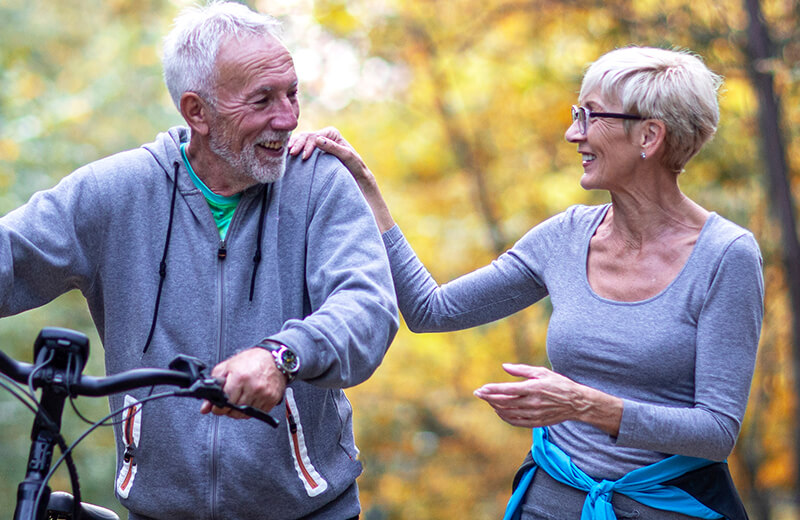
Physical health benefits
Helps you maintain or lose fat. As metabolism naturally slows with age, maintaining a healthy weight is a challenge. Exercise helps increase metabolism and builds muscle mass, helping to burn more calories.
Reduces the impact of illness and chronic disease. People who exercise tend to have improved immune and digestive functioning, better blood pressure and bone density, and a lower risk of Alzheimer’s disease, diabetes, obesity, heart disease, osteoporosis, and certain cancers.
Enhances mobility, flexibility, and balance. Exercise improves your strength, flexibility and posture, which in turn will help with balance, coordination, and reducing the risk of falls. Strength training also helps alleviate the symptoms of chronic conditions such as arthritis.
Higher libido. Many older adults have reported a more robust drive for sex after a consistent exercise routine.
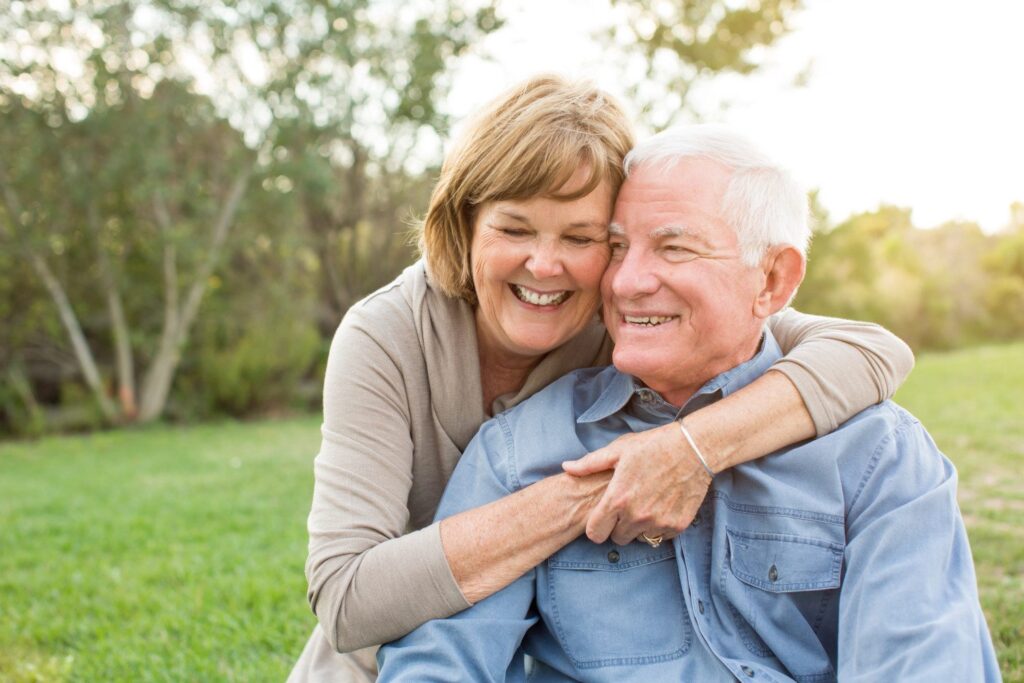
Mental health benefits
Improves sleep. Quality sleep is vital for your overall health. Regular activity can help you fall asleep more quickly, sleep more deeply, and wake feeling more energetic and refreshed.
Boosts mood and self-confidence. Exercise is a huge stress reliever and the endorphins produced can actually help reduce feelings of sadness, depression, or anxiety. Being active and feeling strong naturally helps you feel more self- confident.
Does amazing things for the brain. Activities like Sudoku or crossword puzzles can help keep your brain active, but little comes close to the beneficial effects of exercise on the brain. It can help brain functions as diverse as multitasking and creativity and can help prevent memory loss, cognitive decline, and dementia. Getting active may even help slow the progression of brain disorders such as Alzheimer’s disease.
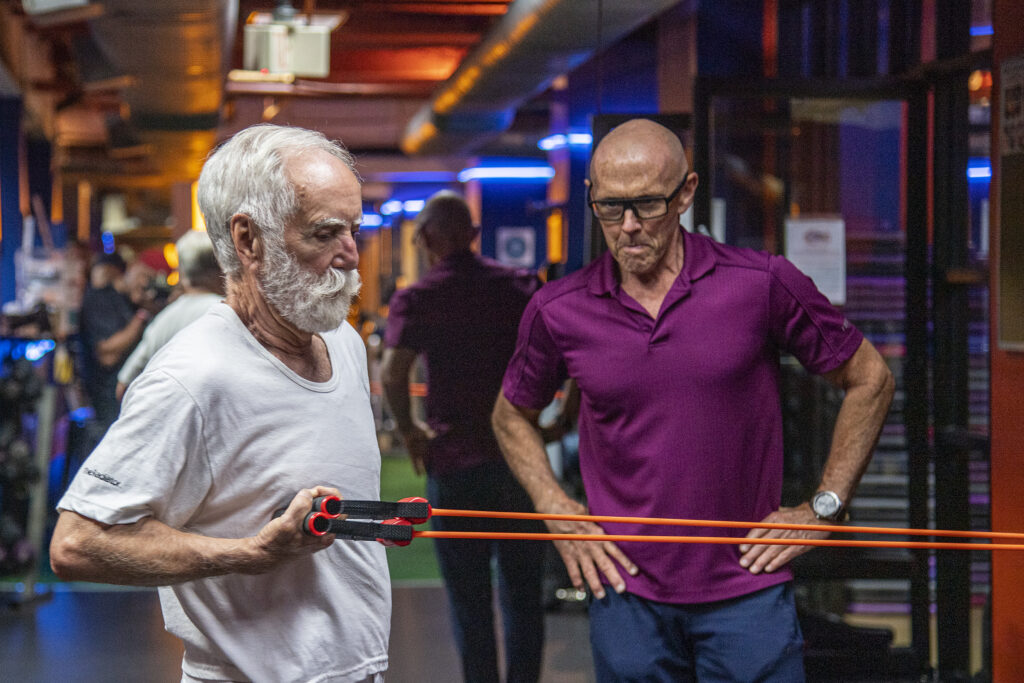
Overcoming obstacles to getting active as you age
Starting or maintaining a regular exercise routine can be a challenge at any age—and it doesn’t get any easier as you get older. You may feel discouraged by health problems, aches and pains, or concerns about injuries or falls. If you’ve never exercised before, you may not know where to begin, or perhaps you think you’re too old or frail, and can never live up to the standards you set when you were younger. Or maybe you just think that exercise is boring. While these may seem like good reasons to slow down and take it easy as you age, they’re even better reasons to get moving. Becoming more active can energize your mood, relieve stress, help you manage symptoms of illness and pain, and improve your overall sense of well-being. And reaping the rewards of exercise doesn’t have to involve strenuous workouts or trips to the gym. You can gain the benefits from adding more movement and activity to your life, even in small ways. No matter your age or physical condition, it’s never too late to get your body moving, boost your health and outlook, and improve how you age.
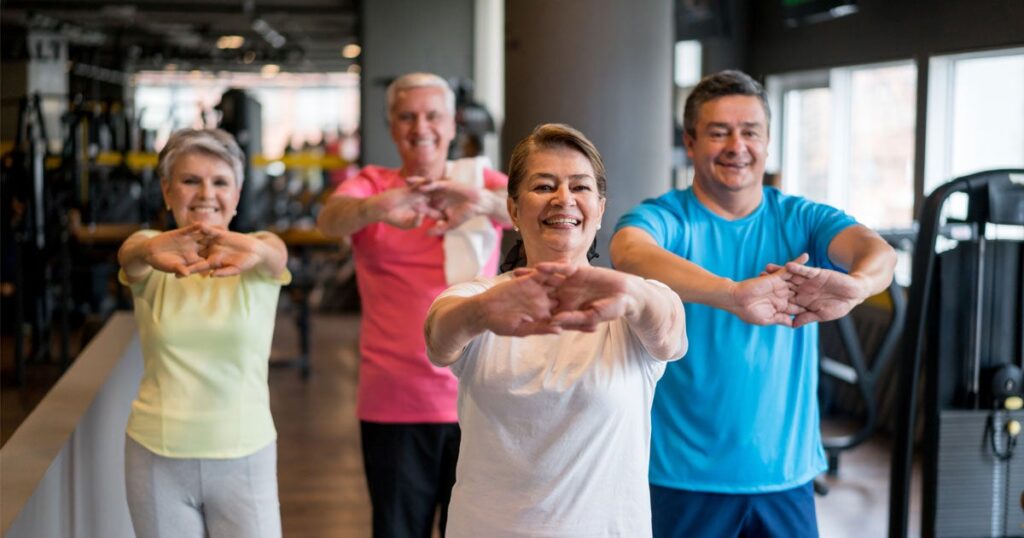
Building a balanced exercise plan
Staying active is not a science. Just remember that mixing different types of physical activity helps both to keep your workouts interesting and improve your overall health. The key is to find activities that you enjoy—based on the four building blocks of fitness. These are:
Strength training
What it is: Builds up muscle with repetitive motion using weight or external resistance from body weight, machines, free weights, or elastic bands. Power training is often strength training done at a faster speed to increase power and reaction times.
Why it’s good for you: Strength training helps prevent loss of bone mass, builds muscle, and improves balance—both important for staying active and avoiding falls. Power training can improve your speed while crossing the street, for example, or prevent falls by enabling you to react quickly if you start to trip or lose balance. Building strength and power will help you stay independent and make day-to-day activities easier such as opening a jar, getting in and out of a car, and lifting objects.
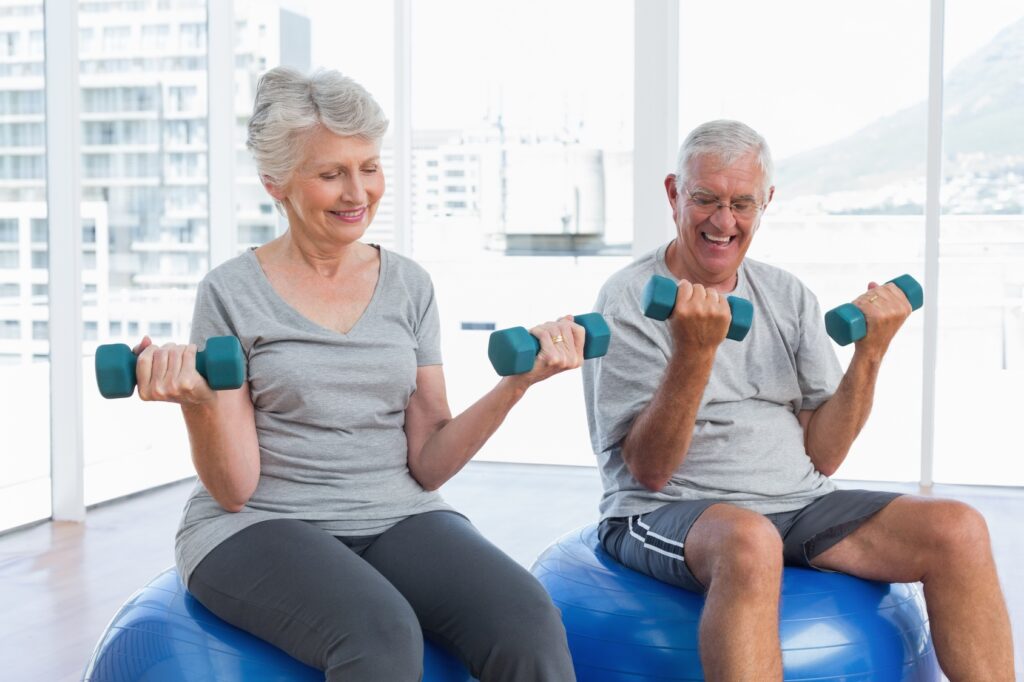
Cardio
Uses large muscle groups in rhythmic motions over a period of time. Cardio workouts get your heart pumping and you may even feel a little short of breath. Includes walking, stair climbing, swimming, hiking, cycling, rowing, tennis, and dancing.
Why it’s good for you: Helps lessen fatigue and shortness of breath. Promotes independence by improving endurance for daily activities such as walking, house cleaning, and errands.
Flexibility
What it is: Challenges the ability of your body’s joints to move freely through a full range of motion. This can be done through stationary stretches and stretches that involve movement to keep your muscles and joints supple and less prone to injury. Yoga is an excellent means of improving flexibility.
Why it’s good for you: Helps your body stay limber and increases your range of movement for ordinary physical activities, such as looking behind while driving, tying your shoes, shampooing your hair, and playing with your grandchildren.
Balance
What it is: Maintains standing and stability, whether you’re stationary or moving around. Try yoga, Tai Chi, and posture exercises to gain confidence with balance.
Why it’s good for you: Improves balance, posture, and quality of your walking. Also reduces risk of falling and fear of falls.
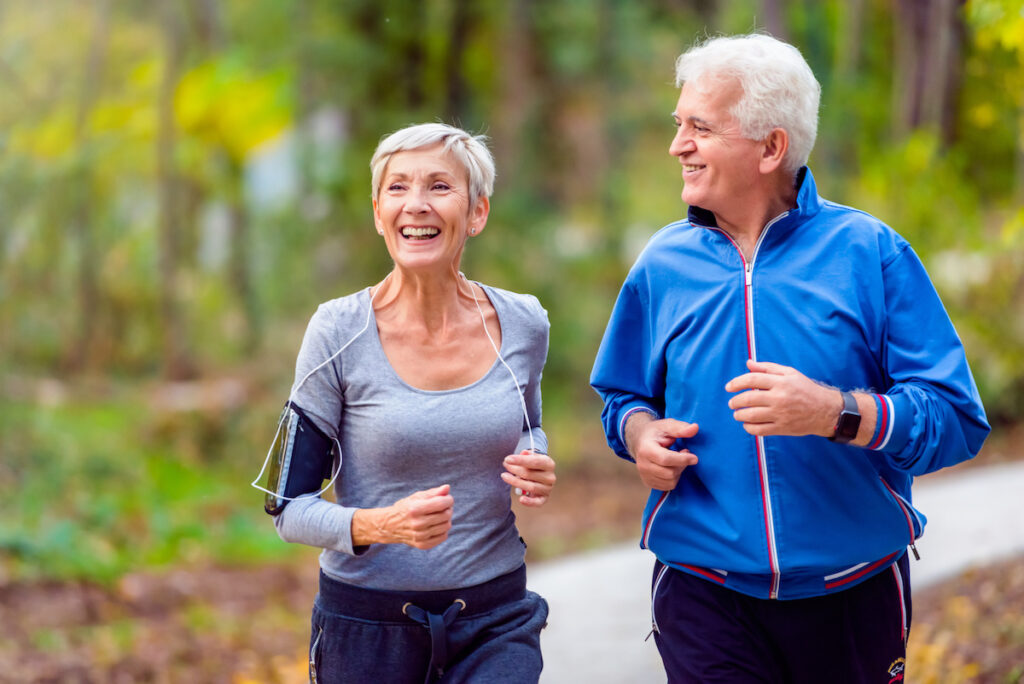
Getting started safely. Getting active is one of the healthiest decisions you can make as you age, but it’s important to do it safely. Get medical clearance from your doctor before starting an exercise program, especially if you have a pre-existing condition. Ask if there are any activities you should avoid.
Consider health concerns. Keep in mind how your ongoing health problems affect your workouts. For example, diabetics may need to adjust the timing of medication and meal plans when setting an exercise schedule.
Listen to your body. Exercise should never hurt or make you feel lousy. Stop exercising immediately and call your doctor if you feel dizzy or short of breath, develop chest pain or pressure, break out in a cold sweat, or experience pain. And put your routine on hold if a joint is red, swollen, or tender to the touch—the best way to cope with injuries is to avoid them in the first place. If you regularly experience pain or discomfort after exercising, try exercising for less time but more frequently throughout the day.
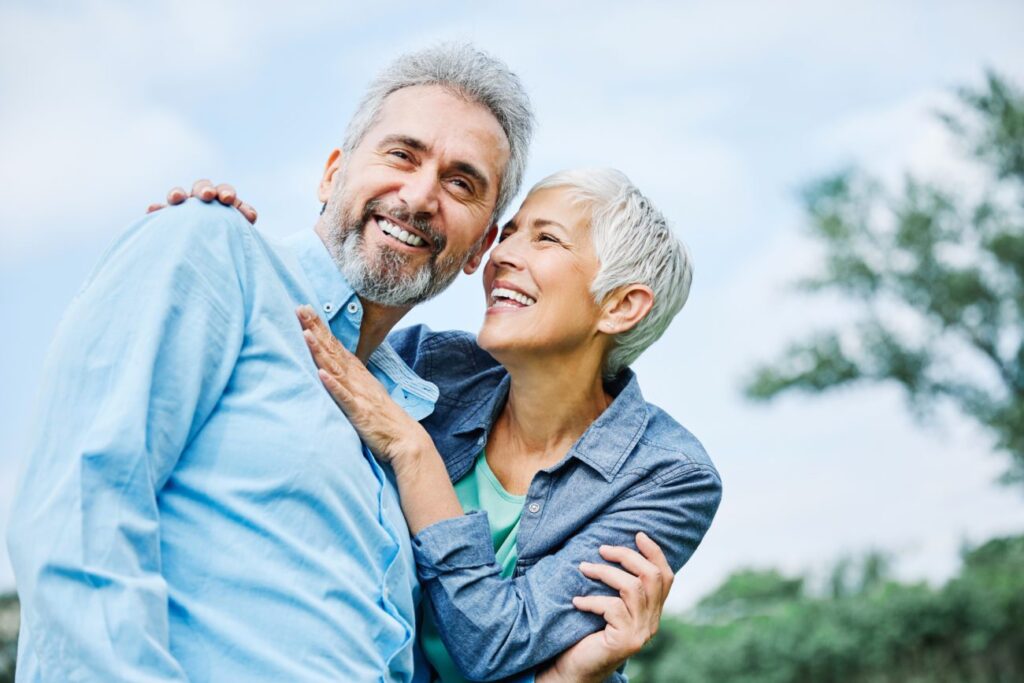
Start slow and build up steadily. If you haven’t been active in a while, build up your exercise program little by little. Try spacing workouts in ten-minute increments twice a day. Or try just one class each week. If you’re concerned about falling or have an ongoing heart problem, start with easy chair exercises to slowly increase your fitness and confidence.
Prevent injury and discomfort by warming up, cooling down, and keeping water handy.
Commit to an exercise schedule for at least 3 or 4 weeks so that it becomes habit, and force yourself to stick with it. This is much easier if you find activities you enjoy.
Experiment with mindfulness. Instead of zoning out when you exercise, try to focus on how your body feels as you move—the rhythm of your breathing, the way your feet strike the ground, your muscles flexing, for example. Practicing mindfulness will improve your physical condition faster, better relieve stress and anxiety, and make you more likely to avoid accidents or injuries.
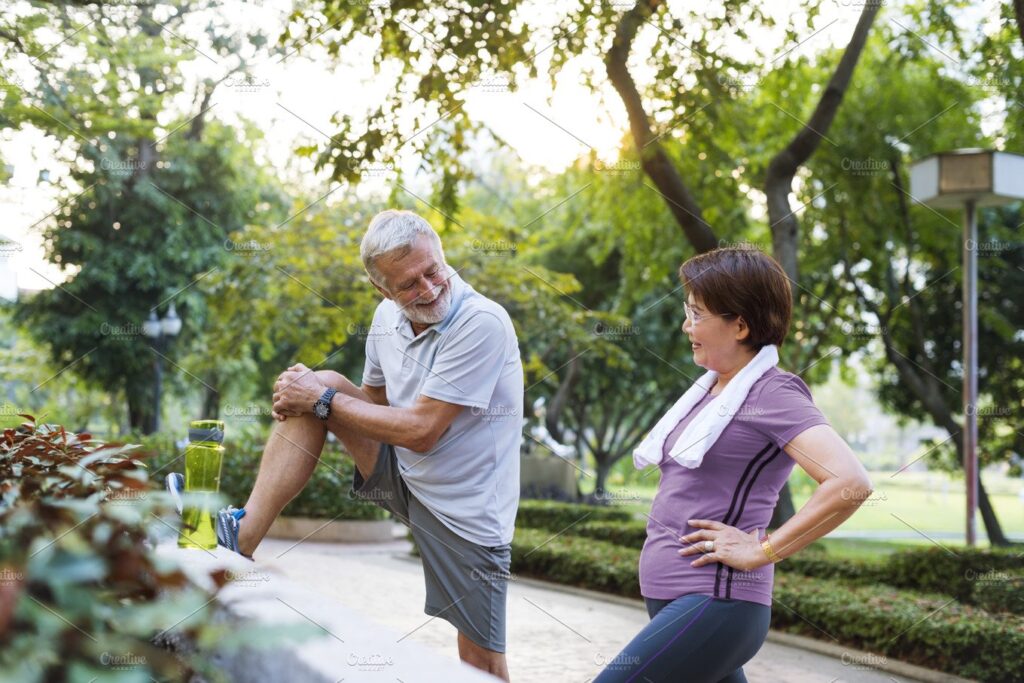
Tips for staying motivated
It’s easy to become discouraged when illness, injury, or changes in the weather interrupt your routine and seem to set you back to square one. But there are ways to stay motivated when life’s challenges get in the way:
Focus on short-term goals, such as improving your mood and energy levels and reducing stress, rather than goals such as exercising, such as having a hot bath or a favourite cup of coffee.
Keep a log. Writing down your activities in an exercise journal not only holds you accountable, but is also a reminder of your accomplishments.
Get support. When you work out with a friend or family member, you can encourage and motivate
each other.
Things to consider
If your muscles or joints are sore the day after exercising, you may have done too much. Next time, exercise at a lower intensity. If the pain or discomfort persists, you should talk to your doctor. You should also talk to your doctor if you have any of the following symptoms while exercising:
- Chest pain or pressure
- Trouble breathing or excessive shortness of breath
- Light-headedness or dizziness
- Difficulty with balance
- Nausea

Dr Saranjeet Singh
Fitness & Sports Medicine Specialist
Lucknow (UP), INDIA



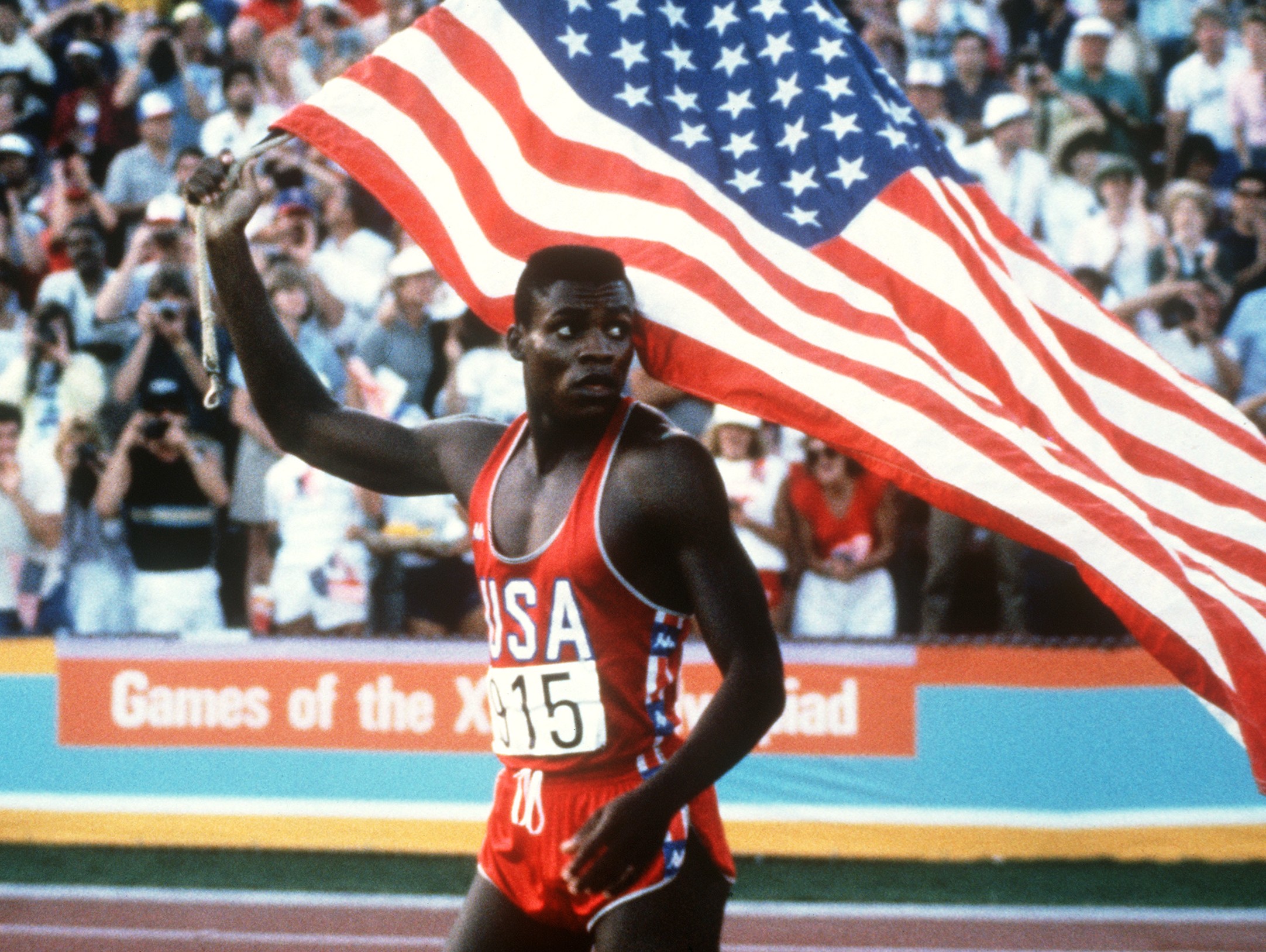




Great information sir..
Thank you Sir.